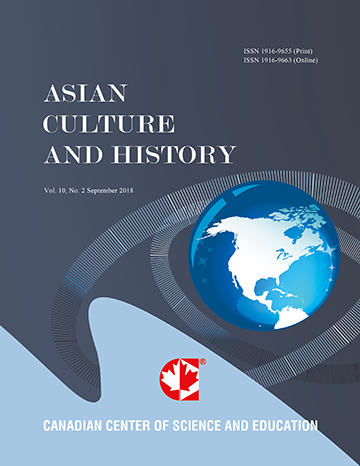Cultural Hegemony in Colonial and Contemporary Literary Discourse on Malaysia
- Ganakumaran Subramaniam
- Shanthini Pillai
Abstract
This article compares the colonial and contemporary canvas of the hegemonic discourse of White Western writers and their portrayal of Malaysia and her people. The first half of the discussion will focus on the figurative elements of classical colonialist discourse through an exploration of The Soul of Malaya (1931) a text written by Henri Fauconnier, a French planter of Colonial Malaya. Here, cultural hegemony is revealed mostly through the employment of the Manichean allegory, of what we see as “ideological allegory”. The second half of the discussion adopts a more linguistic oriented framework, as it reveals patterns in linguistic selection in the novel , Borneo Fire (1995)by contemporary white writer, William Riviere. This latter is what we term “ideological stylistics”. The main objective of the article is to compare the underlying ideological constructs of the discursive landscape of the two texts and to determine whether white western superiority manifested in the discourse of the contemporary text has evolved from that seen in its colonial predecessor. The paper concludes that time changes little in terms of the location of the other, for despite its being published in 1995, the discourse of Borneo Fire has not moved away from the approach and conventions of the colonial text, The Soul of Malaya.- Full Text:
 PDF
PDF
- DOI:10.5539/ach.v1n1p2
Journal Metrics
Google-based Impact Factor (2017): 5.42
h-index (January 2018): 11
i10-index (January 2018): 21
h5-index (January 2018): 6
h5-median (January 2018): 9
Index
- Academic Journals Database
- CNKI Scholar
- COPAC
- EconPapers
- Elektronische Zeitschriftenbibliothek (EZB)
- Excellence in Research for Australia (ERA)
- Genamics JournalSeek
- Google Scholar
- Infotrieve
- LOCKSS
- MIAR
- NewJour
- Open J-Gate
- PKP Open Archives Harvester
- Publons
- RePEc
- Scilit
- SHERPA/RoMEO
- Standard Periodical Directory
- Technische Informationsbibliothek (TIB)
- The Keepers Registry
- Universe Digital Library
- WorldCat
Contact
- Ivan YongEditorial Assistant
- ach@ccsenet.org
